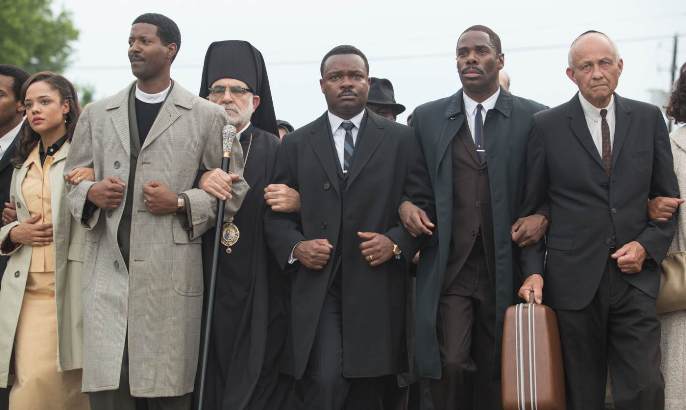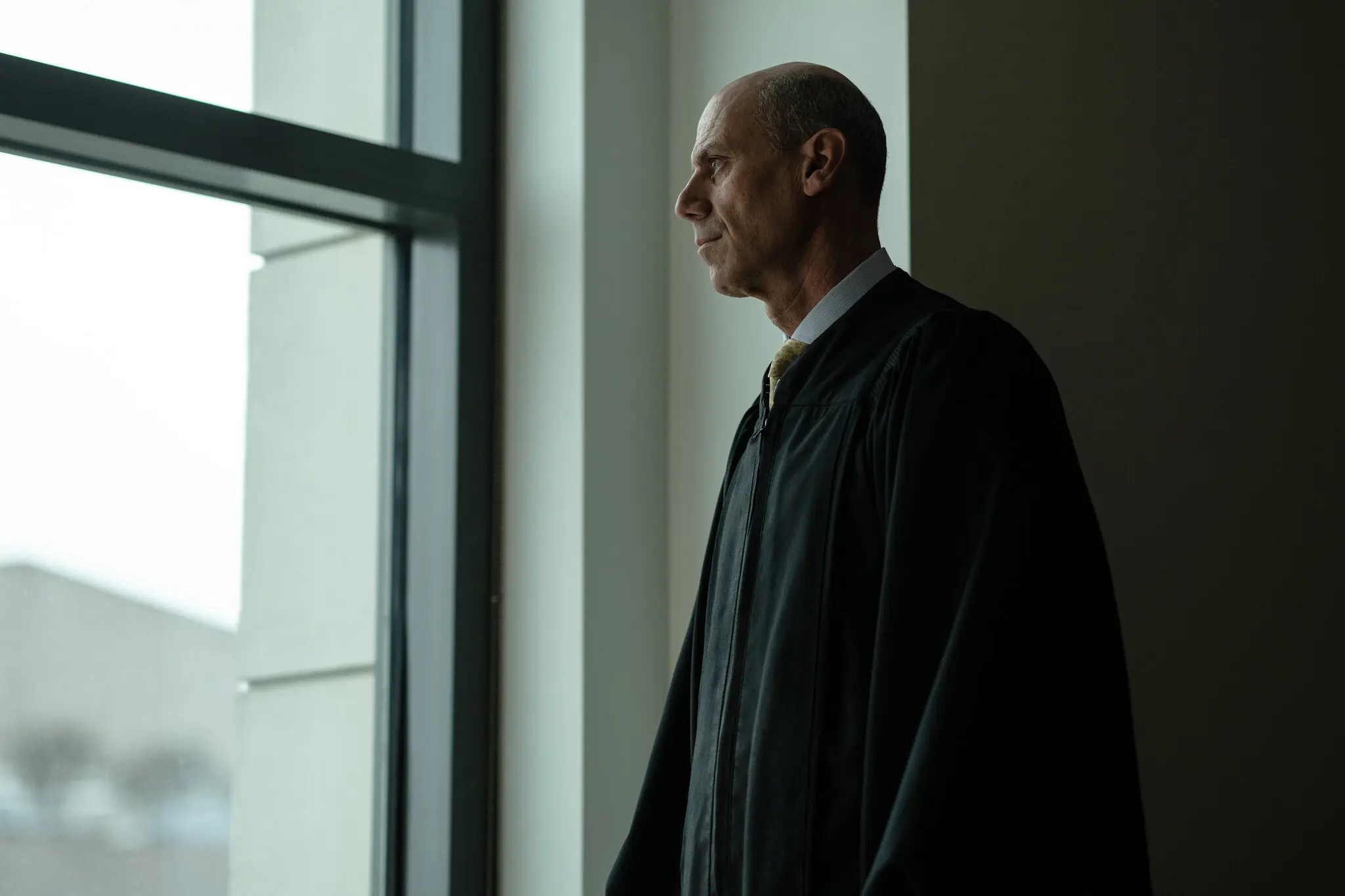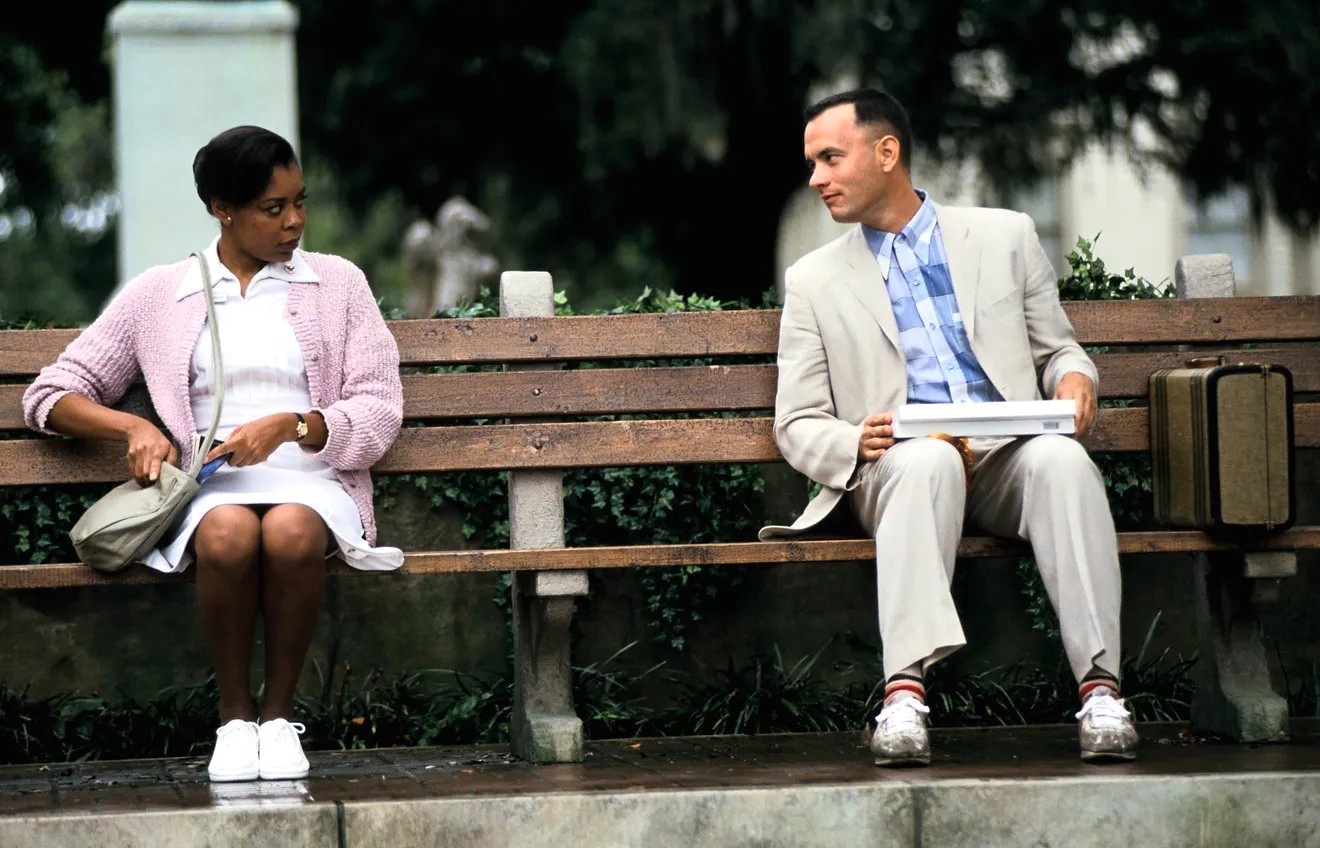
Around Oscar time, it has become routine for critics to partner with historians and scrutinize historically-based movies for their accuracy or inaccuracy regarding the facts.
A documentary documents a non-fiction event(s) or person(s) usually mixing interviews, archive film, possibly recreations of an event or events, usually with a narrator who details what happened. A fact-based movie is a dramatization of an event, or individual(s). Such a film may combine characters and compress a series of actions in order to move things along so the audience won’t become bogged down with too much detail. While there have been many movies set during the Civil War (i.e. Gone With The Wind), Ken Burns’ “Civil War” is an excellent example of a documentary film. The key distinction is that a documentary lays out as much factual information possible along with personal perspective. However, both the factual and personal elements are clearly identified.
Whenever a filmmaker is producing a fact-based movie some latitude (artistic license) is assumed by the audience. However, that filmmaker needs to carefully consider exactly how that latitude is used. If a scene or scenes misleads an audience into believing something that violates the core truth of the scene and story, the director needs to either re-write the scene or explain, up front, why substantive changes have been made in telling a story that is presumed to be true.
When done correctly, the fact-based film works well.
The Michael Mann directed film, “The Insider,” tells the story of former tobacco insider Jeffrey Wigand’s fight with big tobacco. After speaking with Jeff after the release of the film, he told me that the majority of the scenes are accurate. However, the scene where Wigand is at a driving range at night and discovers that he’s being followed, did not happen.
In discussing the film, Jeff told me he always loved golf, maintained a low handicap and from time to time, would go to a driving range to practice. He also told me that he was convinced that during his dispute with tobacco company Brown & Williamson he was followed on several occasions. While the driving range scene would not make it in a documentary, the core truth of Wigand’s story remains intact and acceptable for a dramatization.
However, when fact-based films flat out ignore the facts, it can have a calamitous affect.
Oliver Stone’s “JFK” purports to tell the true story of a conspiracy, based in New Orleans, to assassinate President John F. Kennedy. The majority of the film is so preposterous as to be laughable. ALL of New Orleans District Attorney Jim Garrison’s “facts” regarding the conspiracy have long been debunked. However, in a conversation with a bright college student a few years ago, I was surprised to learn that he believed everything in Stone’s misguided attempt at history.
I believe it is incumbent, therefore, for any director of a fact-based film to adhere as close as possible to the overall truth of events they are attempting to dramatically portray. They can combine events and characters, as long as such actions do not deliberately mislead the audience in a direction that is flat out wrong.
I mention all this by way of the Washington Post Fact-Checker who has an interesting examination of several current fact-based films under Oscar consideration. Here are two examples.
Nominated for six Academy Awards including Best Picture and Best Actor, “American Sniper” tells the true story of Navy SEAL sharpshooter Chris Kyle.
The Movie: Kyle is credited with 160 confirmed kills.
Fact Checker: That is true.
Movie: In both the autobiography and the film, Kyle’s wife details the mental struggles her husband faced when he came home.
Fact: True.
Movie: Even though Kyle was a sniper he participated in house-to-house raids.
Fact: True.
Movie: a scene portrays a phone conversation that details the troubles he faced in his marriage.
Fact: Kyle had troubles in his marriage, but the phone conversation depicted may not have taken place.
Movie: Navy SEAL Ryan Job was wounded in 2006.
Fact: The movie depicts him dying sooner than he actually had.
Movie: Kyle frequently uses a satellite phone.
Fact: The film’s writer acknowledges that he exaggerated Kyle’s use of a satellite phone.
Based on the Post Fact Checker, while some details may have been altered, the essential truth of the story remains intact.

“Selma” is described as a historical drama depicting Dr. Martin Luther King’s historic march from Selma to Montgomery, Alabama in 1965 in support of African-American voting rights. Here’s what the Fact-Checker found:
Movie: The film suggests that President Lyndon Johnson instructed the FBI to spy on Dr. King.
Fact: Not True. Attorney General Robert F. Kennedy authorized the wiretapping of King’s home and office.
Movie: The film portrays a confrontational meeting between King and Johnson.
Fact: Former Mayor of Atlanta, Andrew Young says he was at that meeting and such a confrontation never took place. The Post Fact Checker says that several former aides to LBJ claimed the president was a strong supporter of King’s efforts.
Movie: Activist James George Robinson assaulted King in a hotel lobby in Selma.
Fact: True.
Movie: The film depicts several speeches by King.
Fact: The speeches were written for the film because the King family could not grant permission for the original speeches to be used. The original speeches have been licensed to DreamWorks and Warner Bros., ostensibly for another film about the civil rights leader.
Movie: The film portrays King receiving countless threats to his life and spoke publicly about the fact that he might die young.
Fact: All true.
Movie: After a protest outside the courthouse in Selma, King is arrested with fellow civil rights activist Ralph Abernathy. They spent five days in jail together.
Fact: All true.
Movie: Protestors tried to march from Selma to Montgomery three times. During the first march, protestors got as far as the Edmund Pettus bridge before they were assaulted by police. Dr. King was not present during that first march.
Fact: All true.
Movie: After that first march, King called on all clergy nationwide to join him. James Reeb, a white Unitarian minister, answered the call and joined the march. On March 9, King led a crowd of approximately 2,000 across that bridge. Reeb was attacked after the march and died two days later.
Fact: All true.
Movie: More than 20,000 successfully marched from Selma to Montgomery on the third march.
Fact: True.
I have not seen either film. However, going by the Post Fact Checker, it would appear that both films get a great deal of facts correct. Nonetheless, I am troubled by the fact that “Selma’s” director, Ava DuVernay took far too much license in her portrayal of the meeting between Dr. King and President Johnson. Andrew Young’s statement offers a decidedly different account of that meeting and therefore, misleads the audience into an altered view of a substantive moment in history.
I’m also disappointed by the film’s suggestion that Johnson initiated the tapping of King’s phone when historians have clearly pointed to then-Attorney General Robert Kennedy as the culprit.
I applaud any filmmaker with the passion and dedication to portray historic and fact-based films. We need more of them. While “Selma” appears to capture much of Dr. King’s spirit and success in uniting many behind a worthy cause, I would have preferred to see the director and writer hew closer to the truth regarding President Johnson.
“Facts are stubborn things,” John Adams said, “and whatever may be our wishes, our inclinations, or the dictates of our passions, they cannot alter the state of facts and evidence.”
Comments










